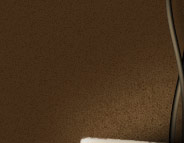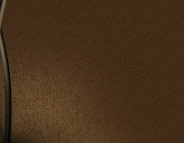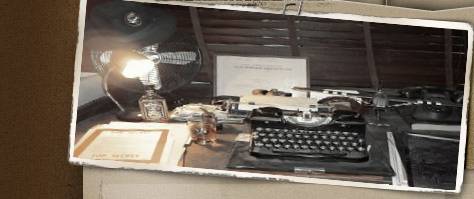
Item Description: Dutch
Guilder banknotes issued to
Allied paratroopers prior to
Operation "Market Garden".
Introduction: In David K.
Webster's book "Parachute
Infantry" we found his diagram
of "The
Complete Wardrobe for the
Holland Tourist, September 1944",
showing most of the equipment
that an American paratrooper in
the 101st carried into battle
for Operation "Market Garden".
The hand-drawn diagram
fascinated us and we decided to
try and collect all the items in
it. One of the items seemed to
be an easy one:
|
|
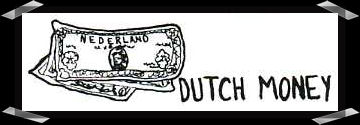 |
|
The Story: Some of the
items in Webster's drawing were
easier to obtain than it appeared at
first. For example, we did not know
what "Halazone tablets" are and
thought it would be difficult to get
these.
They proved to be an item that is
still available in larger
quantities, even from the World War
Two era.
These are nothing more than water
purification pills....
The air sickness pills were the most
difficult to acquire. We did get
them and published
an article about the "ingredients"
of these "motion sickness
preventive tablets".
The item featured in this Battle
Relic article indeed proved to be
readily available.
The Dutch money, Webster referred to
are the bank notes that the
liberating British and American
paratroopers carried with them when
the jumped into occupied Holland.
These were Dutch guilders as ordered
by Royal Netherlands Government (in
exile in London) decree No. 2 of
February 4th,1943 printed by the The
American Banknote Company: |
|
(click on the
thumbnails to enlarge)

 |
|
Shortly after the first paratroopers
and gliderborne soldiers set foot on
Dutch soil,
the Nazi-controlled Nationale
Dagblad (National Daily) published
this article on the September 25th,
1944: |
|
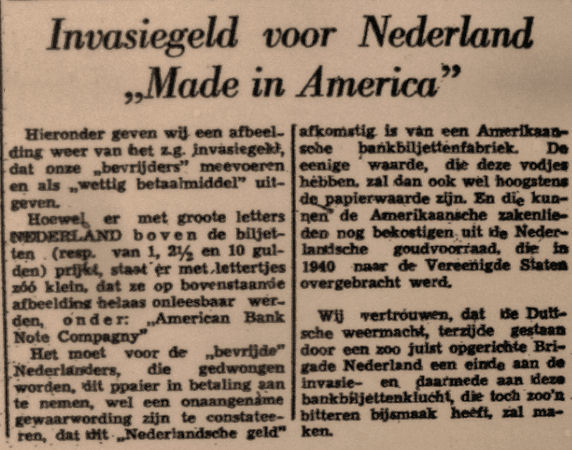 |
|
The article is titled: "Invasion
money for the Netherlands 'Made in
America'" and it concludes as
follows:
"We trust that the German armed
forces, supported by a recently
activated Brigade Nederland, will
end the invasion and with it, this
bank note charade, which has caused
such a bitter taste."
We were able to obtain
quite a few of these banknotes
at a coin and bank note collector's
show and used a 1 guilder note for
an old airborne tradition and had
several Eagle Men of the 101st
Airborne Division sign it:
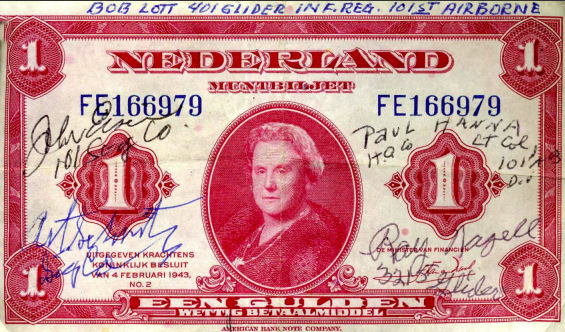
|
|
It is signed by:
- Bob Lott, infantryman with
the 401st Glider Infantry Regiment
(3rd Battalion/327th Glider Infantry
Regiment);
-
John Eisen, communication
(telephone) wireman with the 101st
Signal Company;
-
Art Schmitz, teletype
operator with the 101st Signal
Company;
-
Paul Hanna, staff officer
with the 101st Airborne Division
Headquarters;
-
Ray Nagell, artilleryman
with the 321st Glider Field
Artillery Battalion.
|
|
We had the bank note signed in
September 2004 and unfortunately
some of these veterans passed away
since. We were happy to meet John
Eisen and Ray Nagell in September
2009 (the latter again in December
2009).
Since the introduction of the Euro
on January 1st 2002, the Dutch
guilder lost its value.
The collectors value for these
invasion bank notes is moderate,
considering the price of other items
on Webster's drawing. But the
autographs of our liberators turns
it into a priceless object. |
|
|
UPDATE 25NOV2024:
A friend of this agency, who owns a
business specialized in military
items related to Operation "Market
Garden", contacted us about two
actual World War Two "short snorters"
he owns.
One is a1 Dutch guilder invasion
money bill as described above,
bearing the signatures of 14 members
of - most likely -the 376th Parachute Field
Artillery Battalion of the 82nd
Airborne Division. On the bill is
written: "JUMPED - SEPT. 17, 1944 -
HOLLAND".
The other bill is a 1 US Dollar
banknote with no less than 22
signatures of members of the 506th
Parachute Infantry Regiment of the
101st Airborne Division. On 6NOV2024
we saw these banknotes, photographed
them and later analyzed the names
written on them.
|
1 Guilder Bill Serial No.
FM099959
The current owner bought this
relic at the online website eBay
from an American seller. After the
purchase was made, he discovered
that the forwarding service he had
chosen to get the bank note to the
Netherlands, would not, under any
circumstances, ship "money"
overseas. The fact that this was an
historical document with autographs
of American paratroopers who happen
to have scribbled their names on a
Dutch obsolete banknote, was not
convincing for the mailing service
to act otherwise. This agency has
been instrumental in successfully
sending the bank note to the
Netherlands with the help a friendly
contact in California.
On the reverse side of the note are
several names which we have copied
to the best of our abilities. |
|
(click to enlarge)
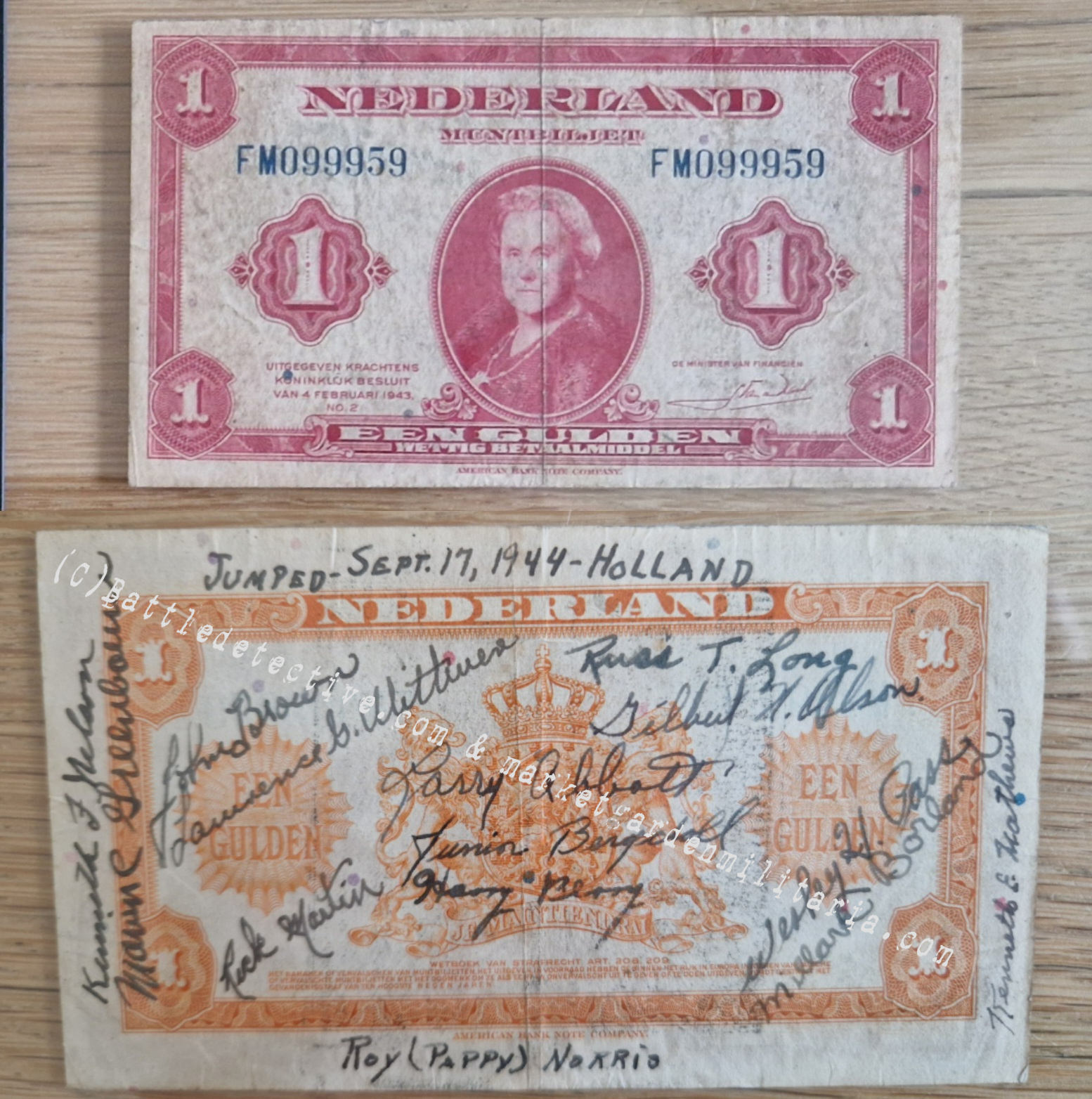 |
- John Brown;
- Lawrence B. Wittuese;
- Russ T. Long;
- Gilbert N. Olson;
- Larry Abbott;
- Junior Bergdoll;
- Harry Bliss;
- Rick Martin;
- Wesley H. Pass;
- Millard Borland;
- Marvin E. Greenbo [unreadable]…;
- Kenneth E. Mathews; |
|
We have been able to identify two of
the paratroopers on the bank note.
Both were members of the 376th
Parachute Field Artillery Battalion
of the 82nd Airborne Division. It is
our theory that the other 12 men
were of the same unit. |
|
- SSGT Roy Rutland "Pappy" Norris Sr
of "Headquarters" Battery, 376th
Parachute Field Artillery Battalion;
- Tech 4, Kenneth F. Nelson of 376th
Parachute Field Artillery Battalion,
winner of a Silver Star ASN:
17045079; |
(click to enlarge)
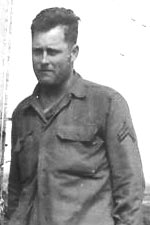
SSGT Roy
Rutland "Pappy" Norris Sr
DOB 25NOV1915 Died 1JUL2011 |
1 USD Bill Serial No. K62584784C
The provenance of this dollar
bill can be traced back to one of
the co-authors of the book "Orange
is the Color of the Day" who also
translated George Koskimak's "Hell's
Highway" into Dutch. This previous
owner was only able to tell that a
lady from the city of Eindhoven in
the Netherlands gave him the dollar
bill and that it must have been some
time in the 1980's or '90's. Most of
the 22 names on the bill are from
"Easy" Company of the 506th; the
unit made famous by the HBO series
"Band of Brothers".
Below are the names with the details
we were able to retrieve about these
paratroopers.
It is possible that
from the soldiers of whom we didn't
find any details we weren't able to
read their names correctly from
their handwriting. Our viewers are
encouraged to study the banknotes
and share possible differing
insights on who may have put their
signatures on them. |
|
FRONT
(click to enlarge)
.jpg)
|
- CPL Edward J. Joint of "E"
Company, 506th Parachute Infantry
Regiment (PIR), Army Serial Number (ASN)
13135150 from Pennsylvania, WIA in
Bastogne on 15JAN1945;
- PVT Alton M. More of "E"/506th PIR, ASN
20949081;
- PVT GEORGE L. Potter of "E"/506th PIR, ASN19135776;
- PFC Salvatore F. Bellino of
"E"/506th PIR, ASN 32681680, WIA in
Normandy;
- Tech 5 Herman E. "Hack" Hanson of
""E"/506th PIR, ASN 16100573;
- PFC Richard P. Davenport of
"E"/506th PIR, ASN 32761716;
- PFC Allen W. Vest of "E"/506th PIR,
ASN 39293839, Mailclerk;
- PFC Walter L. McKay of "E"/506th
PIR, ASN 26648669;
- PFC Clarence "Ted" S. Howell of
"E"/506th PIR, ASN 34107814;
- PFC DeWitt Lowery of "E"/506th PIR, ASN
14131458
- Tech 4 Don Malarkey of "E"/506th
PIR, ASN 39316320 Mortar section;
- PFC Cleveland
O’Neill Petty of "E"/506th PIR, ASN
14078331 machine gunner WIA in
Normandy; |
|
REVERSE
(click to enlarge)
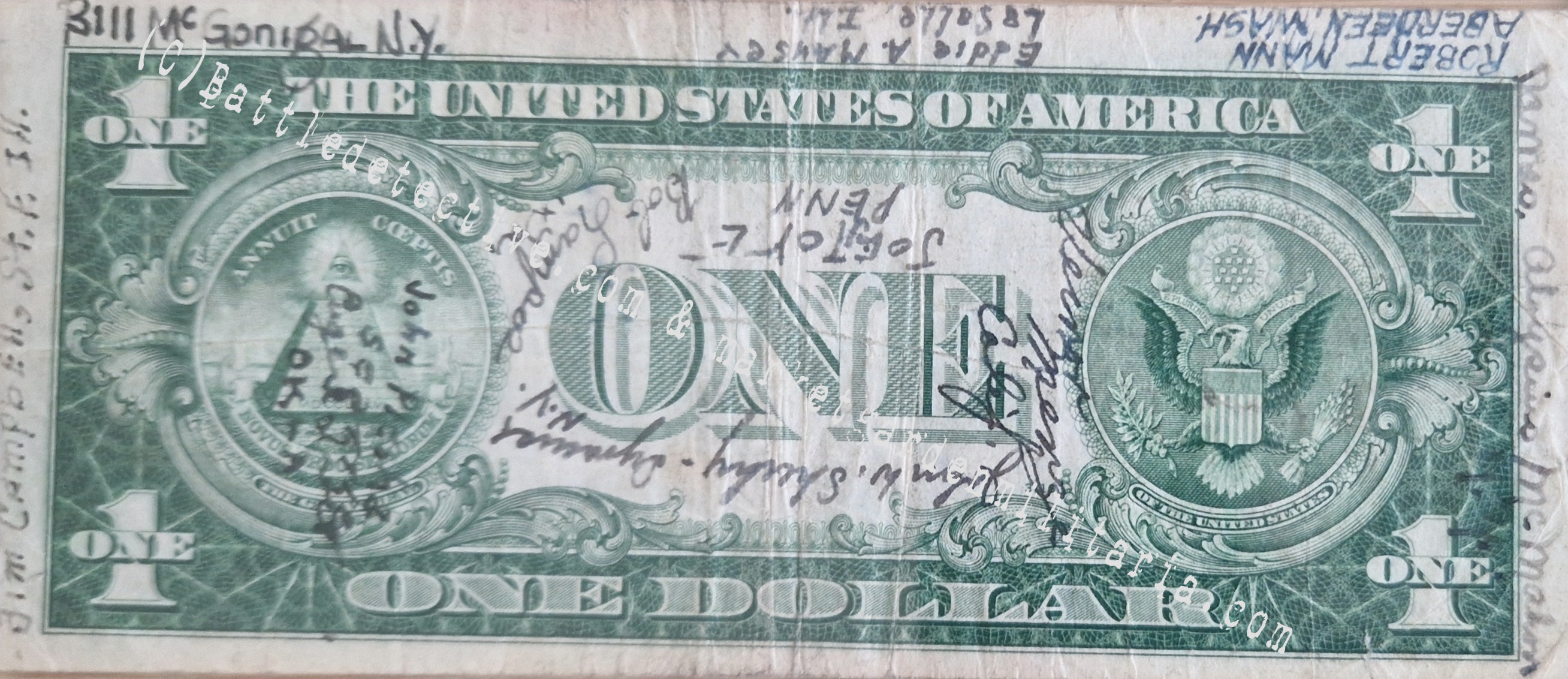 |
- CPL James D. Campbell of "E"/506th PIR, ASN 15107892 WIA Randwijk
8OCT1944;
- PFC John W. Sheehy, Syracuse,
N.Y., of "E"/506th PIR, ASN
12131335;
- SGT Joseph J. Toye of "E"/506th
PIR, ASN 13026128 WIA Bastogne
3JAN1945;
- PVT Lewis jr "Bob" Lampos of
"E"/506th PIR, ASN 34571522 WIA
Normandy;
- PVT Robert A. Mann of "E"/506th
PIR, ASN 39185214 WIA Normandy;
- PVT Edward "Eddie" A. Mauser
LaSalle Ill. of "E"/506th PIR, ASN
36316779;
- PFC Vernon J. Menze of ""E"/506th
PIR, ASN 39040679 KIA Nuenen
20SEP1944;
- PFC James Aloysino McMahon of
"Headquarter" Company, 3nd
Battalion, 506th PIR, ASN 32815699
WIA Normandy;
- PFC John Plesha Jr. of "E"/506th
PIR, ASN 39185305. |
One signature is of special
interest: The top left signature on
the reverse side of the dollar bill
of Private First Class William
T. MCGONIGAL Jr. of "E" Company,
506th Parachute Infantry Regiment,
ASN 11102116.
Bill McGonical was in the C47 with
chalk number 66 with 1LT T. Meehan
III of "Easy" Company with crashed
near the village of Beuzeville au
Plain in Normandy. None of the crew
and their passengers, a stick of 17
paratroopers, survived the crash. McGonical must have have written his
name on the bill before taking off
for the D-Day drop. Other
paratroopers on the bill may have
signed the bill at that time as
well. |
(click to enlarge)
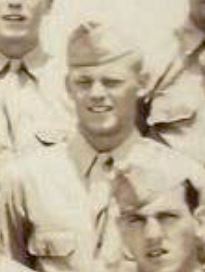

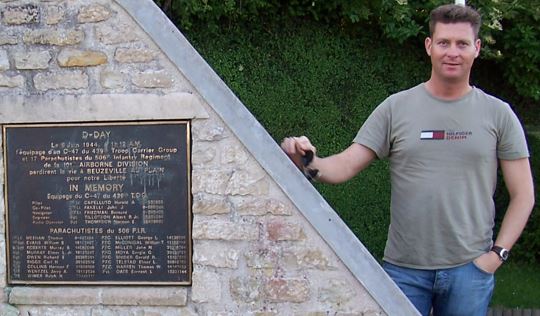
From top to bottom:
PFC
William T. MCGONIGAL Jr. of "E"
Company, 506th Parachute Infantry
Regiment, his signature on the
dollar bill and his name on the
monument in Beuzeville Au Plain
(when this agency visited it in
2007)
|
|
We owe thanks to the current owner
of these banknotes for allowing us
to describe them as the Battle
Relics that they are. |
|
|
UPDATE 14MAR2025:
On 15FEB2025 we received an e-mail
telling us: "My father, George L
Potter had signed that short snorter
shown on your website. […]
Dan Potter“.
After replying
, Dan wrote us a day later: "I
have seen one other short snorter
that my dad signed during a practice
jump in the UK. I'll send you images
of that note in a follow up email if
you are interested."
Naturally we wanted to see the
signed banknote and Dan e-mailed a
scan with the explanation: "This
has many of the same names as the
note from Eindhoven". |
Exhibits:
|
(click to enlarge)
.jpg)
.jpg)
fig.: Both sides of Dan Potter's
Short Snorter
|
|
Back to Battlerelics
 |
|
|
